These 6 Cities Failed To Impress—Unlike The 6 That Tied For Europe’s Best

Traveling across Europe reveals stark contrasts between cities that dazzle and those that fall short of expectations. What makes some urban destinations soar while others sink?
Whether it’s charm, cleanliness, or cultural offerings, travelers often find themselves strongly divided on which European cities deserve their praise. Here’s an honest look at six European cities that left visitors wanting more—and six others that consistently earn top marks.
1. Brussels, Belgium
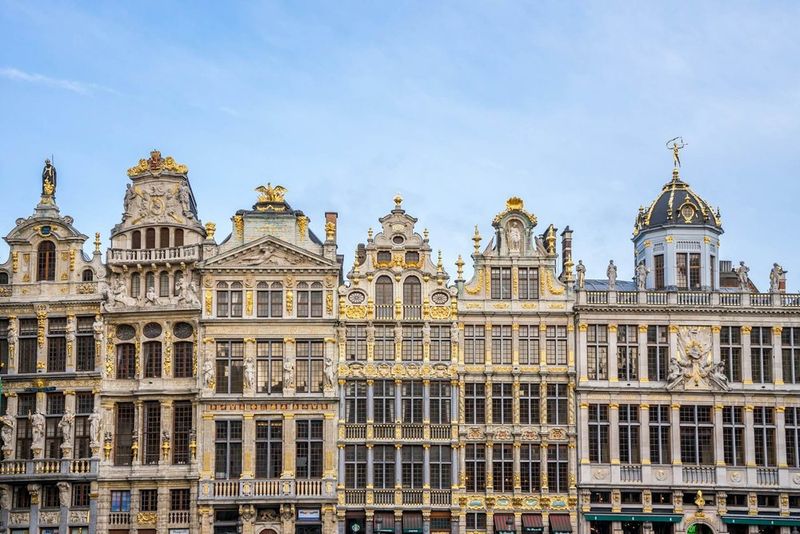
Beyond the famous Manneken Pis statue and Grand Place, many travelers find little to write home about. Brussels often feels like a city without a clear identity, trapped between administrative blandness and tourist traps.
The Belgian capital suffers from comparison to more charming neighbors like Bruges and Ghent, which offer similar architecture with more intimate appeal.
2. Frankfurt, Germany
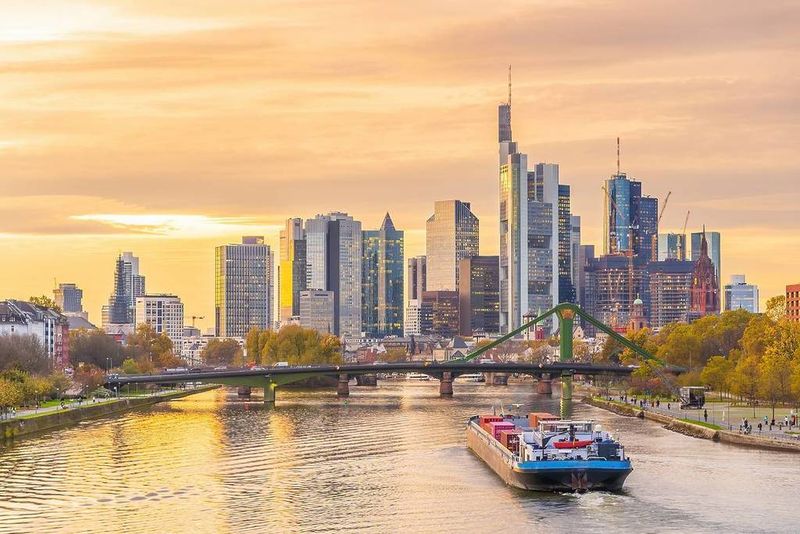
Concrete and glass dominate the skyline in this business-focused metropolis. Frankfurt’s reputation as Germany’s financial center translates to a sterile atmosphere that feels built for bankers, not visitors.
Unlike Berlin or Munich with their distinct character, Frankfurt struggles to showcase authentic German culture amid its skyscrapers and business districts. Weekend visits often feel particularly empty.
3. Naples, Italy
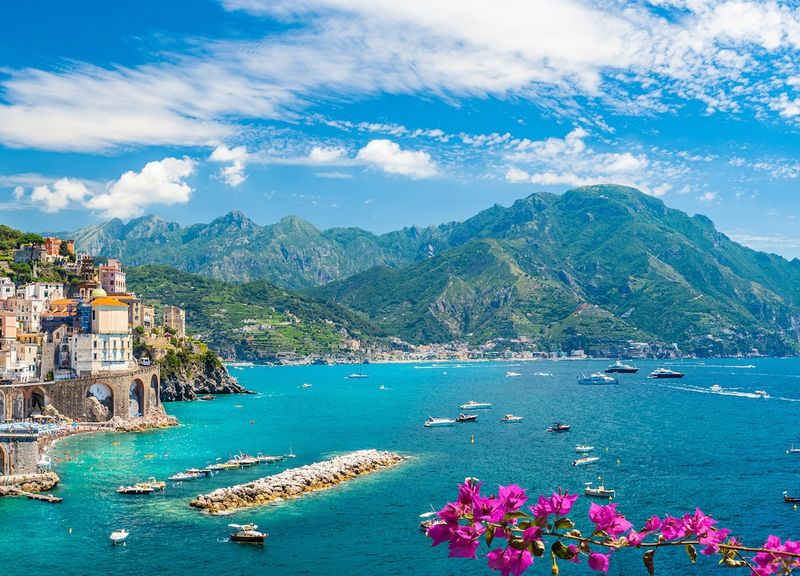
Gritty streets lined with piles of uncollected garbage greet many unsuspecting visitors. The chaotic traffic and constant honking create an overwhelming sensory experience that leaves many travelers anxious rather than enchanted.
Despite its incredible pizza and proximity to Pompeii, Naples struggles with safety perceptions and infrastructure problems that overshadow its rich history and authentic Italian character.
4. Marseille, France
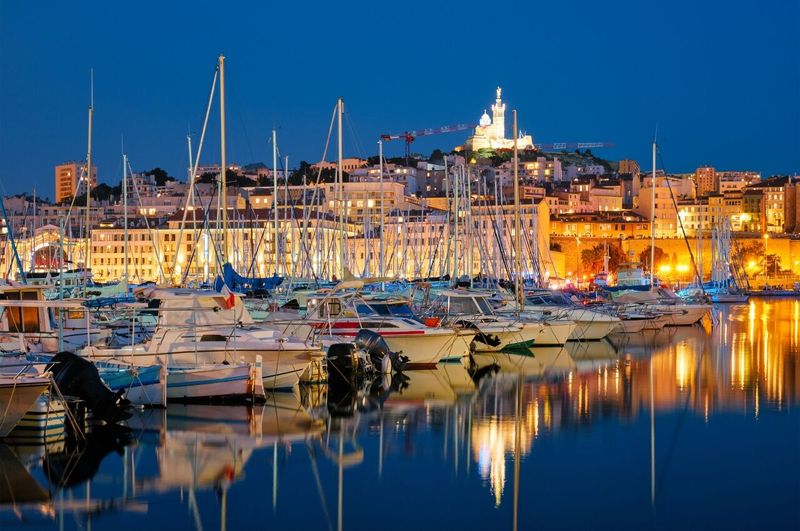
Rough around the edges doesn’t begin to describe the experience many visitors report. The contrast between postcard Mediterranean views and gritty urban reality creates a jarring disconnect for travelers expecting French Riviera charm.
While Marseille has undergone revitalization efforts, many neighborhoods still feel unsafe after dark. The city’s authentic character comes with challenging aspects that the typical Provence visitor may find off-putting.
5. Lloret De Mar, Spain
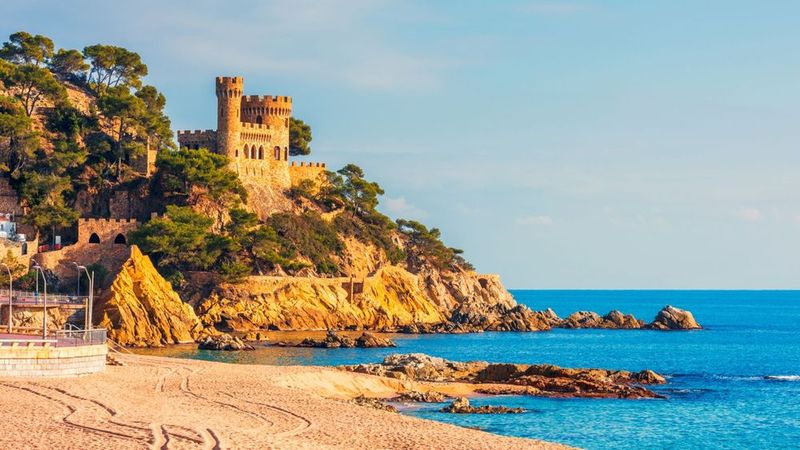
Neon lights and all-night parties have transformed what was once a charming fishing village. The beaches overflow with sunburned tourists while bars compete for attention with blasting music and discount drink specials.
Lloret de Mar exemplifies overtourism at its worst. Authentic Spanish experiences are nearly impossible to find amid the sea of chain restaurants, souvenir shops, and nightclubs catering exclusively to foreign party-seekers.
6. Bucharest, Romania
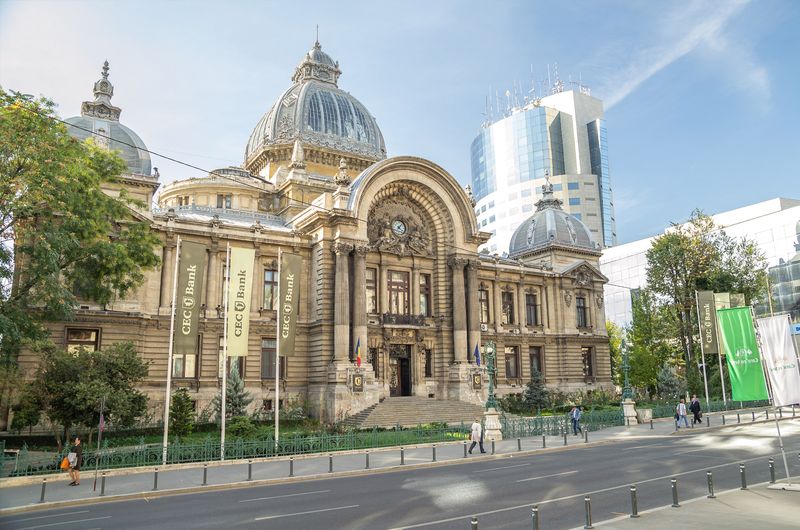
Crumbling facades stand next to gleaming shopping malls in a cityscape that feels perpetually unfinished. Many travelers find the Romanian capital lacks the fairy-tale charm of other Eastern European destinations.
Bucharest suffers from its communist-era architectural legacy, with the massive Parliament Building symbolizing excess without beauty. The city’s identity crisis leaves visitors struggling to connect with its fragmented character.
7. Lisbon, Portugal

Golden light bathes colorful buildings cascading down seven hills toward the Tagus River. The Portuguese capital captivates visitors with its perfect blend of affordability and authentic charm without feeling overrun.
Lisbon’s walkable neighborhoods reveal hidden viewpoints, where melancholic fado music drifts from tiny bars. The city balances its historic trams and azulejo-tiled buildings with a creative energy that feels genuinely welcoming rather than manufactured for tourists.
8. Barcelona, Spain

Artistic expression permeates every corner, from the whimsical Gaudí masterpieces to the vibrant street performers on La Rambla. The Catalan capital strikes a rare balance between beach relaxation and cultural immersion.
Barcelona’s distinct neighborhoods each tell their own story, from Gothic Quarter’s narrow medieval streets to Eixample’s modernist marvels. Visitors consistently praise how the city combines Mediterranean lifestyle with architectural innovation and culinary excellence.
9. Amsterdam, Netherlands
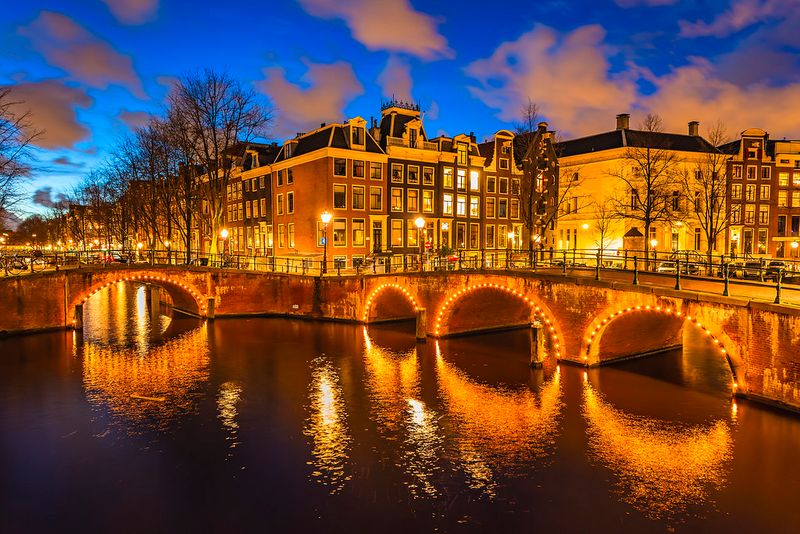
Picturesque canals reflect centuries of history while cyclists glide past at a pace that reminds visitors to slow down and enjoy the moment. Amsterdam’s compact size makes exploration a delight rather than a chore.
It balances its historic charm with progressive attitudes. Beyond the famous coffeeshops and Red Light District, travelers discover world-class museums, cozy brown cafés, and locals who genuinely welcome visitors into their uniquely livable city.
10. Florence, Italy
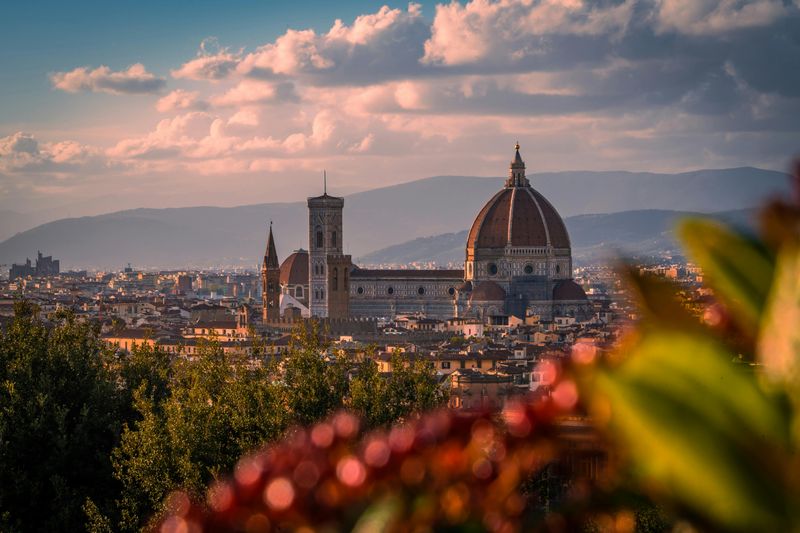
Renaissance masterpieces greet visitors at every turn in this open-air museum of a city. The compact historic center means you’re never more than a short walk from another breathtaking church, museum, or piazza.
Florence captivates with its human scale and artistic treasures. Unlike Rome’s overwhelming grandeur, the Tuscan capital feels intimate and approachable, allowing travelers to appreciate Michelangelo’s David, Brunelleschi’s dome, and world-class gelato without exhaustion.
11. Prague, Czech Republic
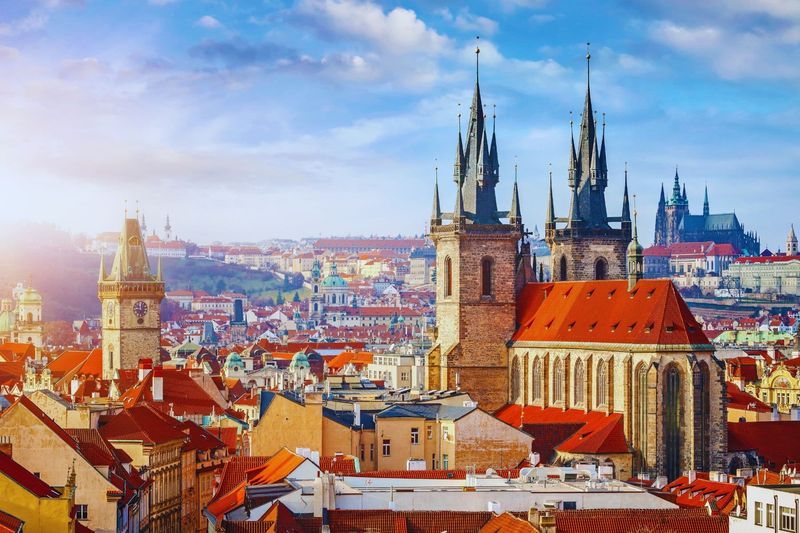
Fairytale spires pierce the sky above cobblestone streets that wind through history. The Czech capital preserves its medieval charm while offering modern comforts at prices that make Western European visitors smile.
Prague survived World Wars largely intact, gifting today’s travelers with architectural treasures spanning Gothic to Art Nouveau. Visitors consistently praise how the city balances its storybook appearance with authentic local culture and excellent beer at reasonable prices.
12. Copenhagen, Denmark

Clean design principles extend beyond furniture to the very fabric of city life. This city showcases how urban planning focused on people rather than cars creates spaces where everyone thrives.
Copenhagen consistently ranks among Europe’s most livable cities, and visitors benefit from this human-centered approach. Colorful harbor buildings, innovative restaurants, and bicycle-friendly streets reflect a city that values quality experiences over tourist traps.
